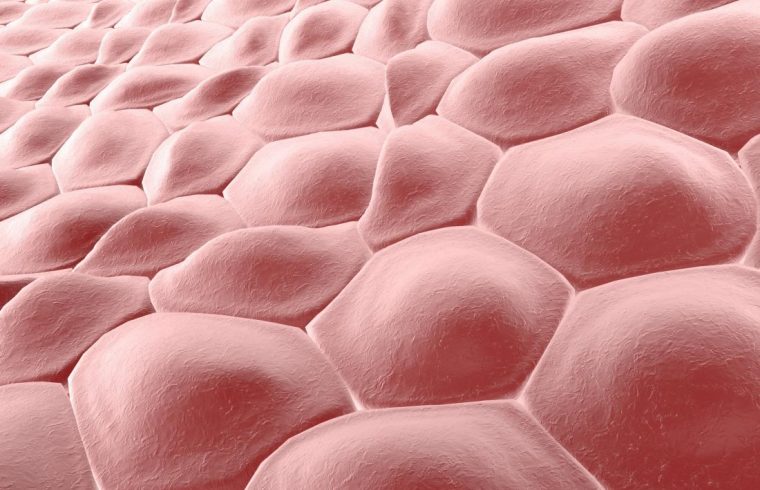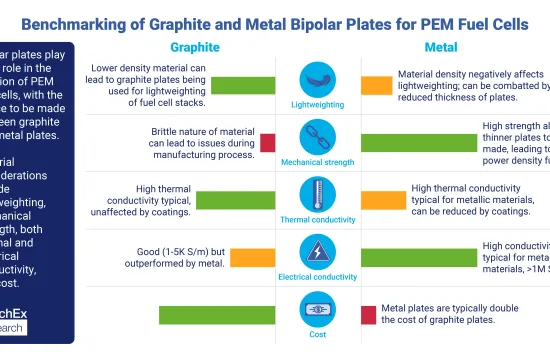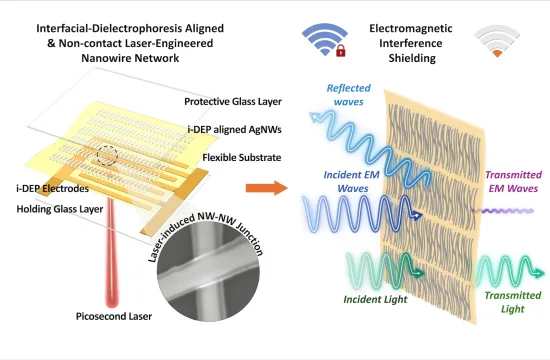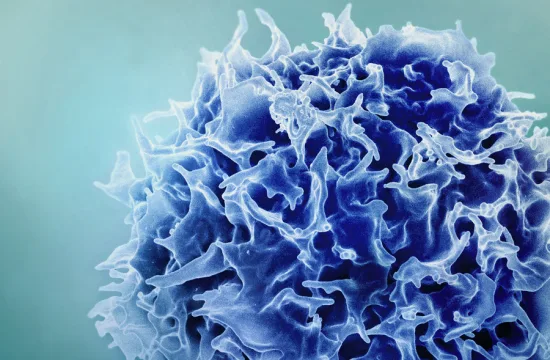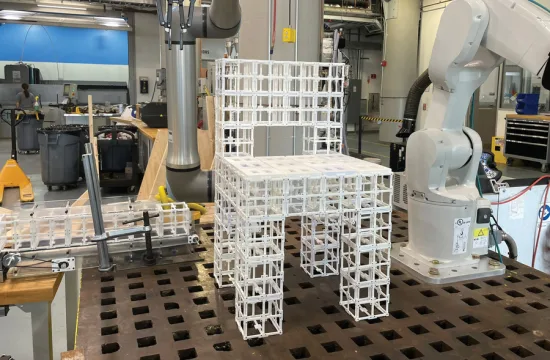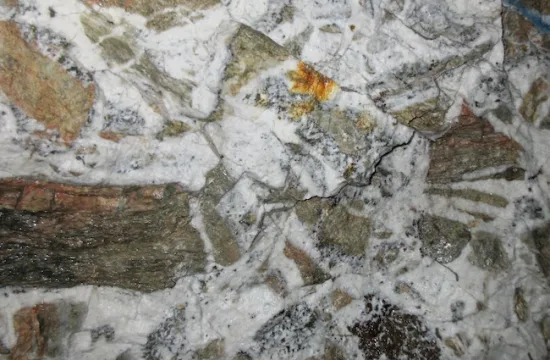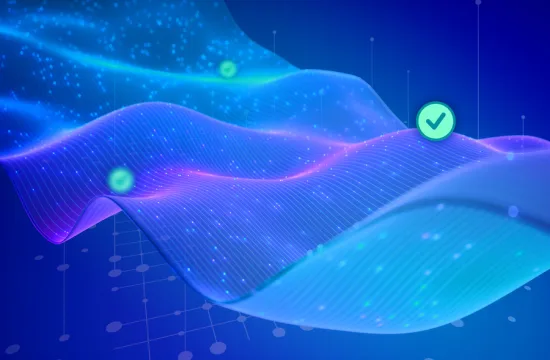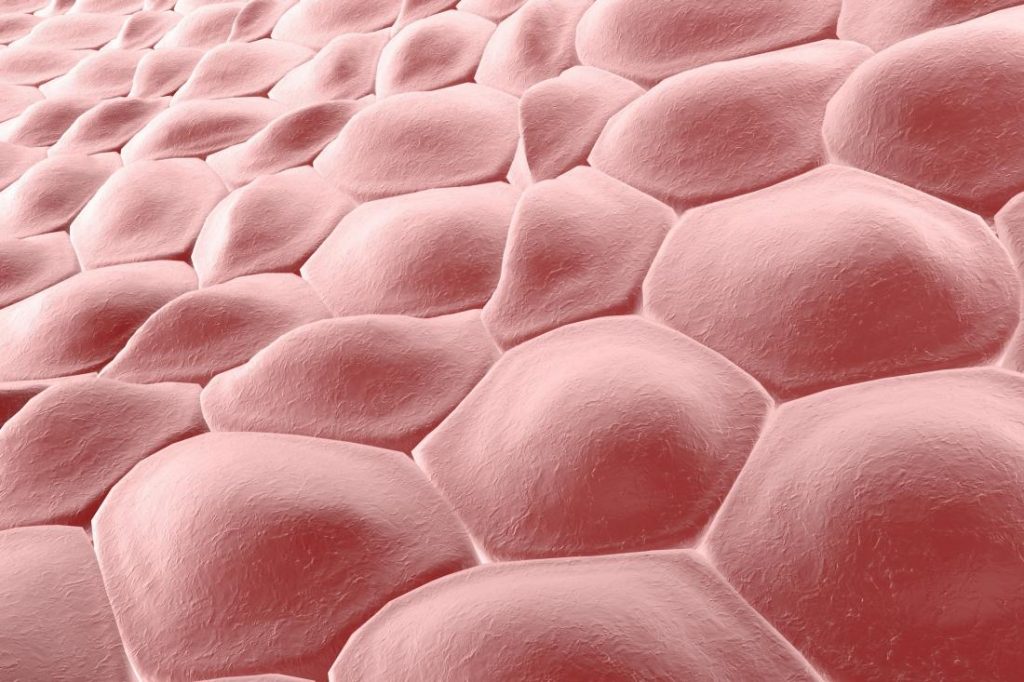
Researchers at Kanazawa University report in the Biophysical Journal that the process of cell removal from an epithelial layer follows from an inherent mechanical instability. Moreover, the forces generated by an extruding cell can drive the extrusion of other cells in a particular direction.
The outer or inner boundaries of organs in the human body are lined with so-called epithelial sheets. These are layers of epithelial cells that can individually change their 3D shape — which is what happens during biological processes like organ development (morphogenesis), physiological equilibrium (homeostatis) or cancer formation (carcinogenesis). Of particular interest is the process of cell extrusion, where a single cell loses its ‘top’ or ‘bottom’ surface and is subsequently pushed out of the layer.
A thorough understanding of this phenomenon from a mechanical point of view has been lacking, but now, Satoru Okuda and Koichi Fujimoto from Kanazawa University have discovered that there is a purely mechanical cause for cell extrusion.
Mechanically speaking, a simple (single-layer) epithelial sheet is analogous to a foam, and can be represented as a layer of interconnected polyhedra. Okuda and Fujimoto used such a foam model to describe a monolayer of epithelial cells, with each cell a polyhedron with average volume V. Every cell is further characterized by the number of neighboring cells n, the area of the apical (‘top’) and the area of the basal (‘bottom’) surface.
The model, taking into account mechanical forces between neighboring cells, leads to a formula for the total mechanical energy of an epithelial sheet as a function of only a few parameters, including V and n, as well as the in-plane density and a quantity called sharpness, which can distinguish between situations where basal and/or apical surfaces are present or not. (A vanished apical surface implies basal extrusion and vice versa.)
By studying how the energy changes by varying these few parameters, the researchers were able to obtain valuable insights into the mechanics of an epithelial sheet.
The key finding of Okuda and Fujimoto is that the system exhibits an inherent mechanical instability: small changes in cell topology or cell density can cause cell extrusion without additional forces being applied. Furthermore, it turns out that a cell undergoing extrusion generates forces within the layer, which can direct the extrusion of other cells to either side of the layer.
The scientists also found many agreements between the outcomes of their model and observations in living systems, such as the occurrence of different epithelial geometries (e.g. ‘rosette’ or pseudostratified structures).
The model admittedly has limitations, for example the assumptions that the whole sheet and the individual cell surfaces are not curved but flat. However, quoting the researchers, “despite its limitations, [the] model provides a guide to understanding the wide range of epithelial physiology that occurs in morphogenesis, homeostasis, and carcinogenesis”.

